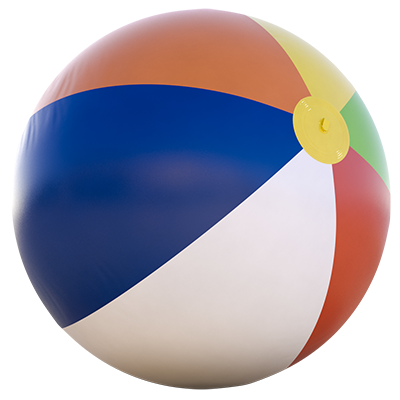- Summary
- Gallery
- Places to Eat & Drink
- Videos
- Podcasts
Boulders and buttresses, rugged mountains, gold mining ruins, desert plains dotted with oddball trees—Joshua Tree National Park is a weirdly wonderful place. Nicknamed “J-Tree” by locals, the park lies at an ecological crossroads, where the high Mojave Desert meets the low Colorado Desert. That marriage results in amazing desert flora, including those wacky namesake trees (actually a type of yucca), and leafy groves of palm trees. Joshua Tree’s beauty shines around the clock, with vibrant sunsets melting into nights filled with uncountable stars perfect for stargazing adventures.
Start out by driving up to Keys View, where you can get a panoramic vista of Mount San Jacinto and Mount Gorgonio—often snow-capped in winter—with the Salton Sea shimmering in the distance. Take a hike to survey the vista from the summit of Ryan Mountain, the park’s tallest peak at 5,461 feet. Go explore the remarkable monzogranite boulders at Skull Rock Nature Trail or the Wonderland of Rocks. If you’re looking to do some rock climbing, Joshua Tree has more than 8,000 established climbing routes, from easy beginner scrambles to extreme vertical cracks.
Learn about the park’s fascinating gold mining history at the Lost Horse Mine, an easy four-mile round-trip hike. Seek out shady palm groves and trickling streams at 49 Palms Oasis, a three-mile roundtrip hike which follows sections of an old Native American pathway, and Lost Palms Oasis. Take a ranger-led walking tour of Keys Ranch, the home of miner and pioneer William F. Keys. In the early 20th century, Keys built a ranch house, schoolhouse, workshop, and gardens amid the yuccas and boulders and lived for a remarkable 60 years in this desert enclave. For a different kind of stimulation, sign up for a class at the Desert Institute, a weekend field program for adults and families with courses in such fields as natural science, cultural history, creative arts, desert naturalist studies, and desert survival.
Big, climbable rocks are like catnip to active kids, and Joshua Tree offers a natural playground full of them, with more than 400 climbing formations and 8,000 established climbing routes. To get started, join a group class—like those from Joshua Tree Rock Climbing School—to learn fundamentals such as handling ropes, rappelling, and “belaying” (getting back down) on beginner slabs and boulders. You can rent pads, helmets, and camp gear at shops like Nomad Ventures.
A good place to get the lay of the land and try some easy boulders: the 1.5-mile, fairly flat loop trail by Barker Dam, which is also a good place to see the park’s unique, namesake trees and even some Native American petroglyphs.
Joshua Tree’s nine campgrounds offer plenty of camping options, but they fill up fast from September to May (in the heat of summer, sites are easier to come by. You’ll find desert-themed lodgings and quirky motels in towns just outside the park—Joshua Tree Village, Twentynine Palms, and Yucca Valley. Don’t miss a visit to nearby Pioneertown, an 1880s-style false-front Old West town where more than 50 films and television shows were shot in the 1940s and 1950s. Today, you can still see mock gunfights on the town’s “Mane Street” and top-notch live music at Pappy and Harriet’s Pioneertown Palace.
Find More Things To Do
Spring 2024 Deals in California
Get free nights at luxury resorts, easy access to big parks, and discounts on spring skiing10 Idyllic Solo Retreats in California
Today’s travelers are discovering that “alone time” and “vacation time” are often one and the same18 Top California Music Festivals in 2023
From Aftershock to BottleRock, this year’s list of outdoor concerts in the Golden State offers something for everyoneOctober 2023 Events in California
Celebrate the season with wine tasting and music festivals, as well as scarecrow contests and even tarantula racesSeptember 2023 Events in California
Ease your way out of summer and into fall with festivals for stargazing, surfing, and beerCalifornia Geography Essentials
The Golden State is a massive place, and understanding some of the distances and details will help you on your next visitPappy & Harriet’s Pioneertown Palace
Hear great music under the stars at a quirky desert treasureCalifornia Questionnaire: Curtis Stone
The Australia native has planted his roots in Los Angeles, where he runs two acclaimed restaurants and lives the California dreamAugust 2023 Events in California
Make the most of summer by experiencing these surfing festivals, fairs, and leisurely wine- and beer-tasting experiences29 Palms Inn
Swing in a hammock on at an art-filled sanctuary near Joshua Tree National Park
Videos

Subscribe to our Newsletter
Get weekly travel inspiration, offers, contests, and more!
Thank you for signing up
Get ready to explore The Ultimate Playground!

